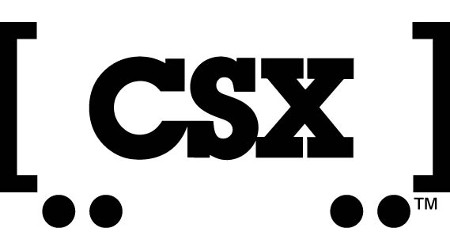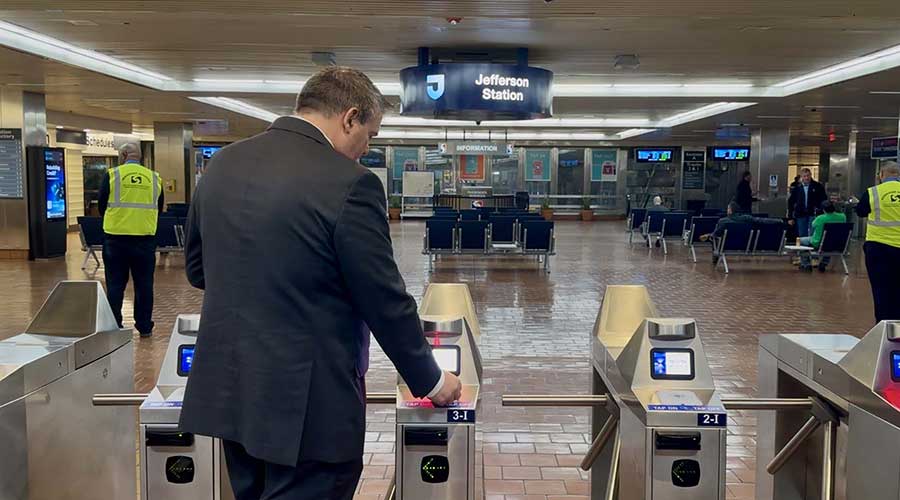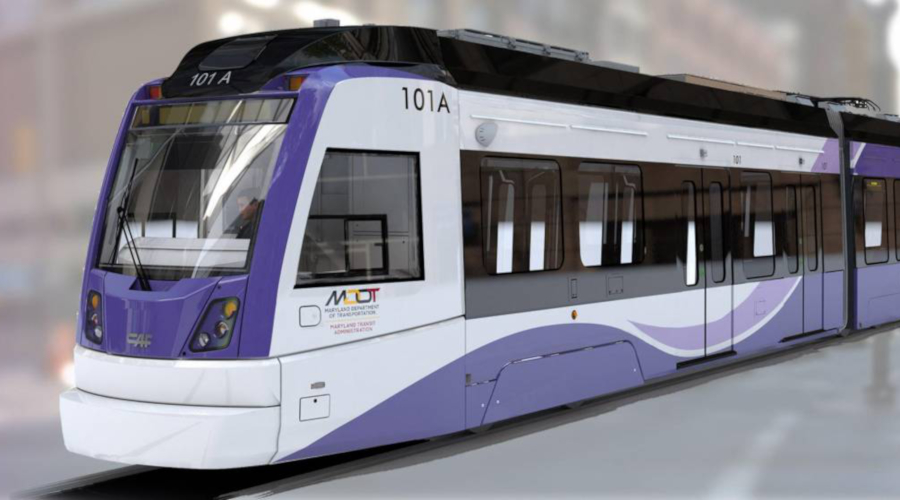Newsletter Sign Up
Stay updated on news, articles and information for the rail industry
Stay updated on news, articles and information for the rail industry
RAIL EMPLOYMENT & NOTICES
Rail News Home
Rail Industry Trends
Rail News: Rail Industry Trends
The Canadian government has not addressed capital cost allowances that would enable the nation's railroads to improve their equipment depreciation rates and be more competitive with other transportation modes, according to the Railway Association of Canada (RAC), which represents 60 freight and passenger railroads.
"The difference in tax policy approach means that it takes U.S. railroads eight years to depreciate their locomotives and freight cars and 20 years for Canadian railroads," said RAC President and Chief Executive Officer Bill Rowat in a prepared statement. "That means Canadian assets are obsolete in their market long before they're physically worn out."
Canadian rail cars and locomotives' depreciation rate is 15 percent compared with trucks' 40 percent, ships' 33 percent and aircrafts' 25 percent rates. U.S. rail cars and locomotives' depreciation rate is 30 percent; as part of a short-term, post-Sept. 11, 2001, economic stimulus, the U.S. government increased the rate to 40 percent.
"Canada's current approach is not consistent with this country's economic role as a trading nation," said Rowat. "And it is incompatible with freight and passenger rail's potential to help government, and society, reduce road and airport congestion, fuel consumption and pollution."
Railroads would require a minimum 30 percent depreciation rate to correct a market imbalance and stimulate investment in more environmentally friendly locomotives and equipment, Rowat believes.
3/25/2004
Rail News: Rail Industry Trends
Canada needs to raise railroads' depreciation rate to balance market, railway association says
advertisement
The Canadian government has not addressed capital cost allowances that would enable the nation's railroads to improve their equipment depreciation rates and be more competitive with other transportation modes, according to the Railway Association of Canada (RAC), which represents 60 freight and passenger railroads.
"The difference in tax policy approach means that it takes U.S. railroads eight years to depreciate their locomotives and freight cars and 20 years for Canadian railroads," said RAC President and Chief Executive Officer Bill Rowat in a prepared statement. "That means Canadian assets are obsolete in their market long before they're physically worn out."
Canadian rail cars and locomotives' depreciation rate is 15 percent compared with trucks' 40 percent, ships' 33 percent and aircrafts' 25 percent rates. U.S. rail cars and locomotives' depreciation rate is 30 percent; as part of a short-term, post-Sept. 11, 2001, economic stimulus, the U.S. government increased the rate to 40 percent.
"Canada's current approach is not consistent with this country's economic role as a trading nation," said Rowat. "And it is incompatible with freight and passenger rail's potential to help government, and society, reduce road and airport congestion, fuel consumption and pollution."
Railroads would require a minimum 30 percent depreciation rate to correct a market imbalance and stimulate investment in more environmentally friendly locomotives and equipment, Rowat believes.


 LRW Honors Amtrak’s Acheson As Railway Woman Of The Year
LRW Honors Amtrak’s Acheson As Railway Woman Of The Year
 From Editor-In-Chief Foran: Of Gender Equity And Inclusion
From Editor-In-Chief Foran: Of Gender Equity And Inclusion
 Spotlight On Some Of Today’s Rail Safety Products
Spotlight On Some Of Today’s Rail Safety Products
 Women of Influence in Rail eBook
Women of Influence in Rail eBook
 railPrime
railPrime








